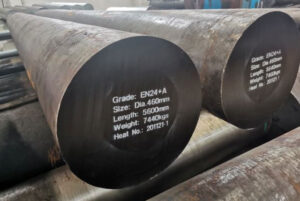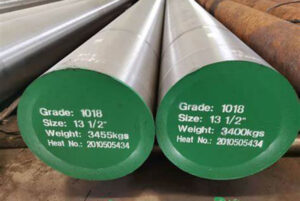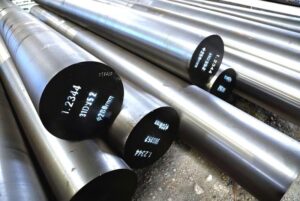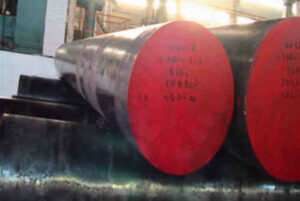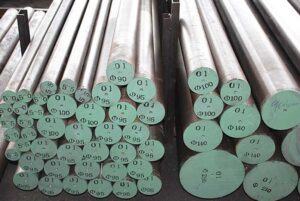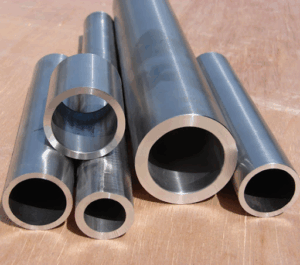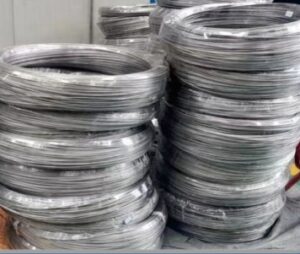Tổng quan
ASTM A440C stainless steel is a high-carbon martensitic stainless steel that offers excellent hardness and wear resistance. This alloy is often chosen for applications that require superior mechanical properties and moderate corrosion resistance. In this comprehensive guide, we’ll dive deep into the world of ASTM A440C stainless steel, exploring its chemical composition, mechanical properties, applications, heat treatment processes, and more. We’ll break down each aspect to give you a clear understanding, presented in an engaging and easy-to-read format.
What is ASTM A440C Stainless Steel?
ASTM A440C is known for its remarkable hardness and moderate corrosion resistance. It’s a martensitic stainless steel, which means it can be hardened by heat treatment, making it suitable for a wide range of applications from cutlery to aerospace components. This type of steel combines the durability of stainless steel with the hardening properties of high-carbon alloys, offering a versatile material for engineers and manufacturers.
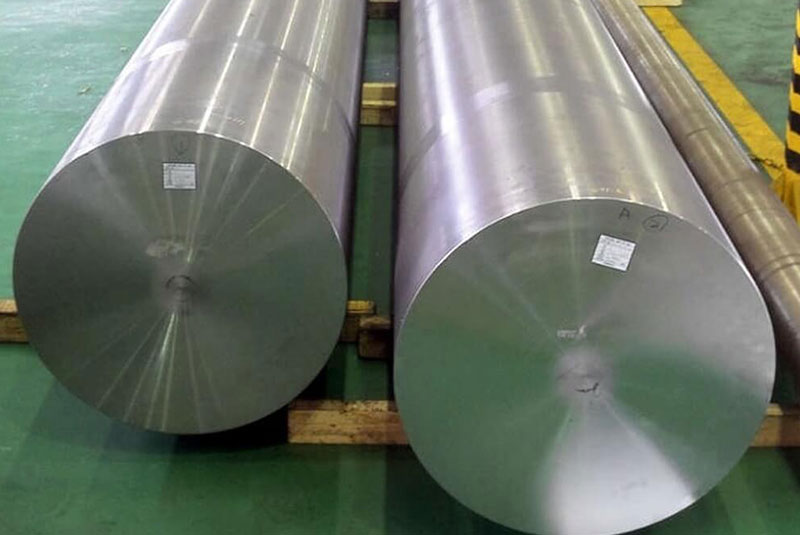
Chemical Composition of ASTM A440C Stainless Steel
Understanding the chemical composition of ASTM A440C is crucial for grasping its properties and potential uses. Here’s a detailed breakdown of its elements:
| Nguyên tố | Content (%) |
|---|---|
| Carbon (C) | 0.95-1.20 |
| Crôm (Cr) | 16.0-18.0 |
| Manganse (Mn) | 1.00 max |
| Silicon (Si) | 1.00 max |
| Phốt pho (P) | 0.040 max |
| Lưu huỳnh (S) | 0.030 max |
The high carbon content contributes to the hardness and wear resistance, while chromium enhances corrosion resistance.
Mechanical Properties of ASTM A440C Stainless Steel
The mechanical properties of ASTM A440C make it stand out for high-stress applications. Here’s a detailed look:
| Tài sản | Giá trị |
|---|---|
| Hardness (Rockwell C) | 58-64 |
| Tensile Strength (MPa) | 760-900 |
| Yield Strength (MPa) | 450-600 |
| Elongation (% in 50mm) | 12-14 |
| Modulus of Elasticity (GPa) | 200 |
These properties highlight the steel’s capability to withstand high stress and strain without deformation.
Applications of ASTM A440C Stainless Steel
The versatility of ASTM A440C stainless steel opens it up to a myriad of applications across various industries. Here are some common uses:
| Đơn đăng ký | Chi tiết |
|---|---|
| Bearings | High wear resistance makes it ideal for bearings. |
| Cutlery | Excellent hardness provides a sharp, durable edge. |
| Valve Seats | Moderate corrosion resistance and durability. |
| Surgical Instruments | Hardness and corrosion resistance are crucial. |
| Aerospace Components | Used in high-stress environments. |
Each application leverages the specific strengths of ASTM A440C, from wear resistance to hardness.
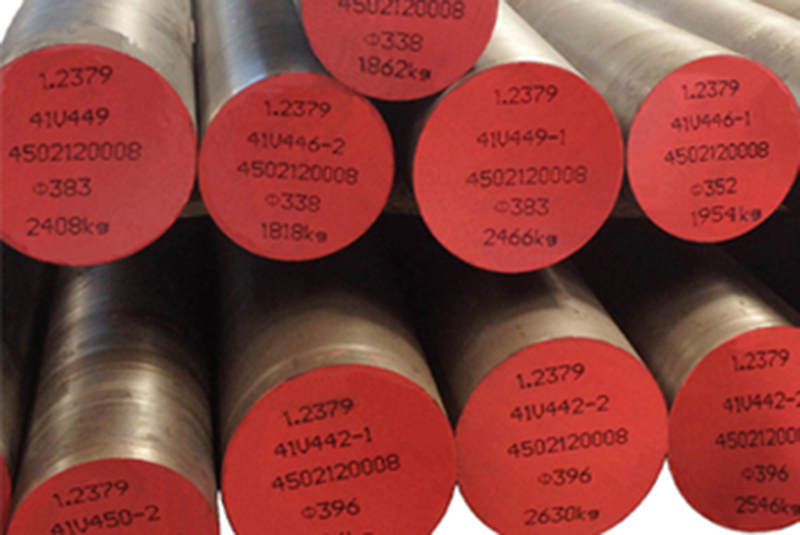
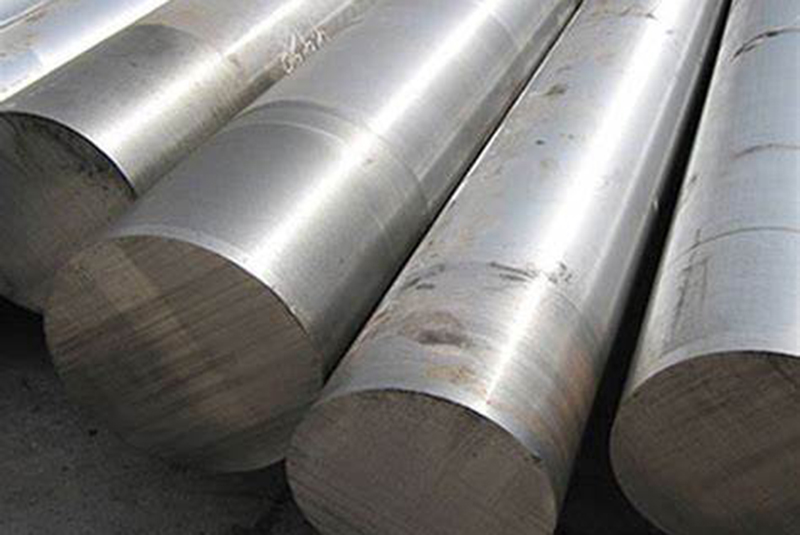
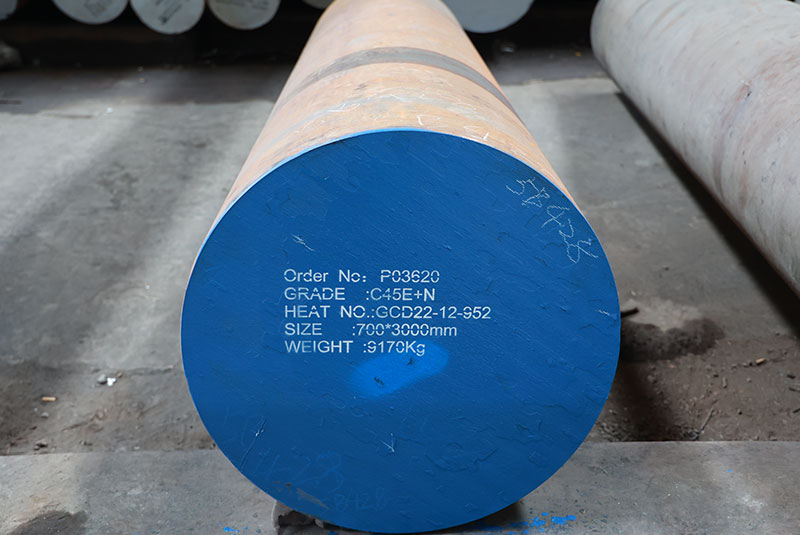
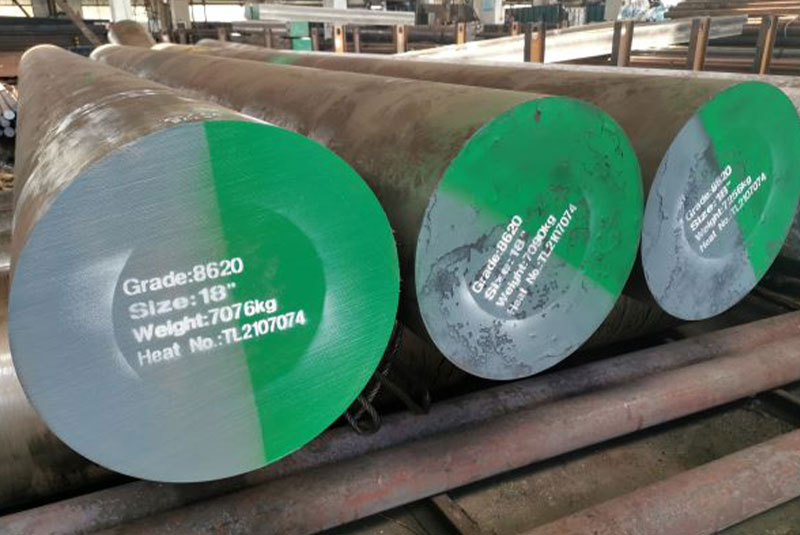
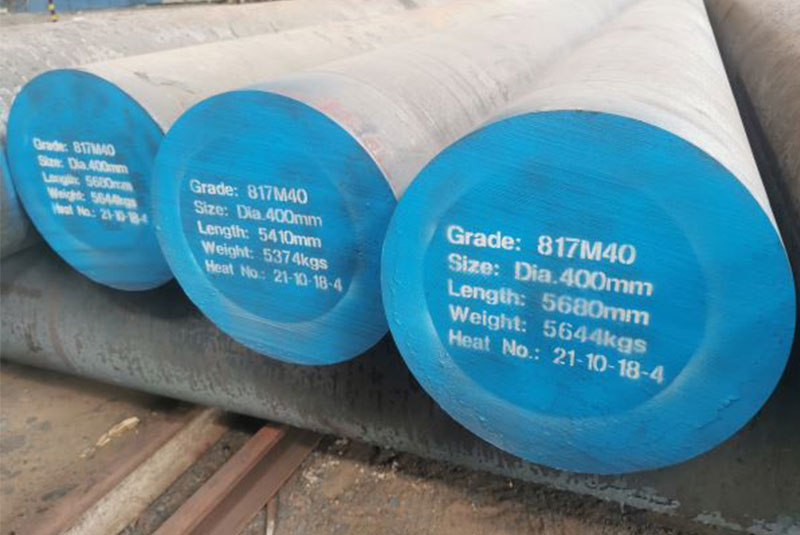

Heat Treatment of ASTM A440C Stainless Steel
Proper heat treatment is essential for optimizing the properties of ASTM A440C stainless steel. Here’s a detailed table outlining the heat treatment process:
| Quy trình | Temperature Range (°C) | Chi tiết |
|---|---|---|
| Ủi nhiệt | 843-871 | Slowly cooled to relieve internal stresses. |
| Hardening | 1010-1066 | Quenched in oil or air to achieve desired hardness. |
| Ủ nhiệt | 150-370 | Heated to improve toughness and reduce brittleness. |
Heat treatment can significantly alter the material’s hardness and toughness, making it suitable for different applications.
Suppliers and Pricing Details of ASTM A440C Stainless Steel
The cost and availability of ASTM A440C can vary based on the supplier and market conditions. Here’s a general overview:
| Nhà cung cấp | Pricing (per kg) | Ghi chú |
|---|---|---|
| Công ty A | $20-$25 | Bulk discounts available for large orders. |
| Công ty B | $18-$22 | Custom sizes and shapes upon request. |
| Công ty C | $23-$27 | Higher price for superior quality guarantees. |
Pricing can fluctuate based on demand, supply chain factors, and the specific requirements of the order.
Advantages and Disadvantages of ASTM A440C Stainless Steel
Understanding the pros and cons of ASTM A440C can help in deciding whether it’s the right material for your needs.
| Ưu điểm | Nhược điểm |
|---|---|
| Excellent hardness and wear resistance | Can be brittle if not properly heat treated |
| Good corrosion resistance compared to other high-carbon steels | More expensive than some alternative materials |
| Suitable for high-stress applications | Limited ductility and elongation |
| Versatile for a range of industrial applications | Requires precise heat treatment to optimize properties |
Comparing these advantages and disadvantages helps in making informed decisions about its use in various applications.
Detailed Insights on ASTM A440C Stainless Steel
How Does ASTM A440C Compare to Other Stainless Steels?
When choosing a material, comparing ASTM A440C with other stainless steels can provide clarity. For instance, ASTM A440C offers higher hardness and wear resistance compared to grades like 304 or 316, which are more corrosion-resistant but softer. This makes A440C preferable for applications where wear resistance is more critical than corrosion resistance.
Heat Treatment: A Game Changer
Heat treatment can drastically alter the performance of ASTM A440C. Annealing reduces hardness and improves machinability, while hardening followed by tempering can enhance toughness. This flexibility makes it a favorite among engineers who need to tailor the material properties to specific applications.
Applications in Daily Life
You might not realize it, but ASTM A440C is all around you. From the kitchen knives you use daily to the high-performance bearings in your car, this steel is integral to many aspects of modern life. Its unique combination of hardness and moderate corrosion resistance makes it indispensable in many tools and devices we often take for granted.
The Science Behind the Strength
The secret to ASTM A440C’s strength lies in its microstructure. Martensitic steels are characterized by their ability to transform their crystal structure through heat treatment, resulting in significant changes in hardness and strength. This is akin to how a blacksmith tempers a blade to achieve the perfect balance of sharpness and durability.
Why Choose ASTM A440C?
If you need a material that combines durability with moderate corrosion resistance, ASTM A440C is a top choice. It’s particularly valuable in industries where components are subjected to high stress and wear, such as aerospace and medical devices. Its ability to be hardened makes it versatile, allowing manufacturers to fine-tune its properties to meet specific needs.
Environmental Considerations
In today’s world, sustainability is a key consideration. ASTM A440C stainless steel is recyclable, making it a more environmentally friendly option compared to some other materials. This aspect aligns with the increasing demand for sustainable practices in manufacturing and engineering.
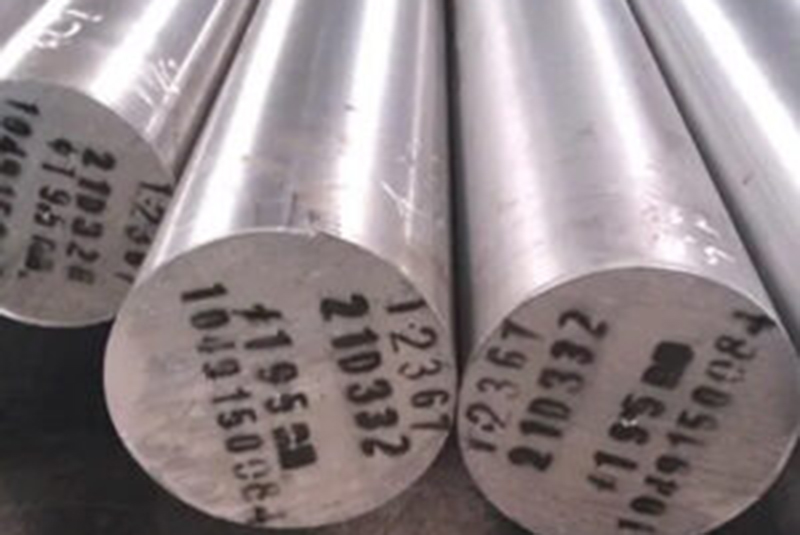
Câu hỏi thường gặp
What is the main advantage of ASTM A440C stainless steel?
The main advantage of ASTM A440C stainless steel is its exceptional hardness and wear resistance, which makes it ideal for high-stress applications like bearings and cutlery.
How does ASTM A440C compare to 304 stainless steel?
ASTM A440C offers higher hardness and wear resistance compared to 304 stainless steel, which is softer but provides better corrosion resistance.
Can ASTM A440C be heat treated?
Yes, ASTM A440C can be heat treated to enhance its hardness and toughness. The process typically involves annealing, hardening, and tempering.
What are common applications of ASTM A440C?
Common applications include bearings, cutlery, valve seats, surgical instruments, and aerospace components.
Is ASTM A440C corrosion-resistant?
ASTM A440C offers moderate corrosion resistance, making it suitable for environments where both wear resistance and corrosion resistance are required.
Where can I buy ASTM A440C stainless steel?
You can purchase ASTM A440C stainless steel from various suppliers, including specialized steel manufacturers and distributors. Pricing varies based on supplier and order quantity.
Kết luận
ASTM A440C stainless steel stands out as a versatile, high-performance material suitable for a range of demanding applications. Its unique combination of hardness, wear resistance, and moderate corrosion resistance makes it invaluable in industries from aerospace to medical devices. Whether you’re a manufacturer looking for a reliable material or an engineer seeking the best option for high-stress components, ASTM A440C is worth considering.
By understanding its properties, applications, and the science behind its strength, you can make informed decisions that leverage its full potential. So next time you’re choosing a material for a challenging application, remember the remarkable capabilities of ASTM A440C stainless steel.

